On September 24, Dr. Nguyen Thi Kim Nhi, Head of the Department of Neonatology, Children's Hospital 2, said that the baby girl was her first child, born at full term, with no recorded abnormalities during pregnancy, and weighed 2.5 kg at birth. Immediately after birth at a private hospital, the baby was noted to have a bruise on her chest and was transferred to Children's Hospital 2.
The Neonatal Department admitted the baby in respiratory distress, with a bulging neck, large bruises in the neck-chest area, anemia, and severe thrombocytopenia. The disease then progressed rapidly, with bruises spreading to the chin-neck-chest area, severe edema in the neck and face on both sides, accompanied by blood clotting dysfunction, severe anemia requiring blood transfusion.
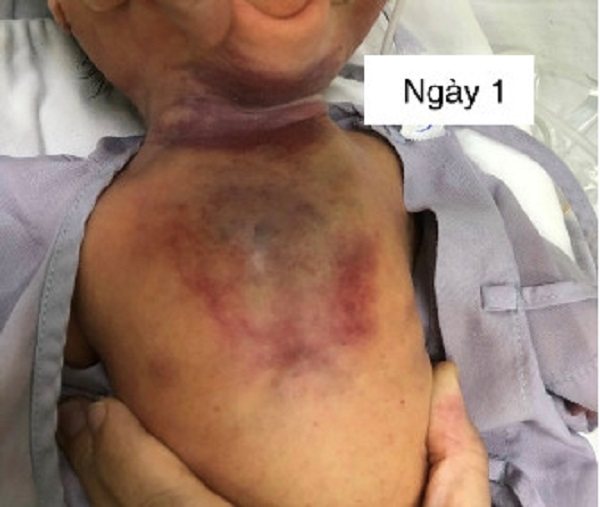
Bruising and swelling in children due to Kasabach Merritt syndrome
Initial chest ultrasound results showed diffuse soft tissue thickening of the chest wall and neck, diffuse hyperperfusion. The baby was then given a chest CT scan to examine the image for a more accurate assessment. The CT scan results showed that the baby had hemangiomas under the tongue, anterior pharyngeal wall, bilateral neck, anterior chest wall - superior mediastinum surrounding compression causing narrowing of the subglottic trachea. Combined with other clinical tests, the baby was diagnosed with Kasabach Merritt syndrome causing severe airway compression, and was supported with CPAP (continuous positive airway pressure).
According to Dr. Nguyen Thi Kim Nhi, this is a rare and difficult to treat syndrome. This syndrome is characterized by a giant, rapidly growing hemangioma, accompanied by increased consumption of platelets and clotting factors, leading to patients being prone to bleeding and severe anemia. Based on medical literature, most of this syndrome is treated medically step by step by using high doses of Corticoids. If there is no improvement, other specific drugs such as Vincristine or Sirolimus will be combined to prevent the proliferation of blood vessels in the tumor.
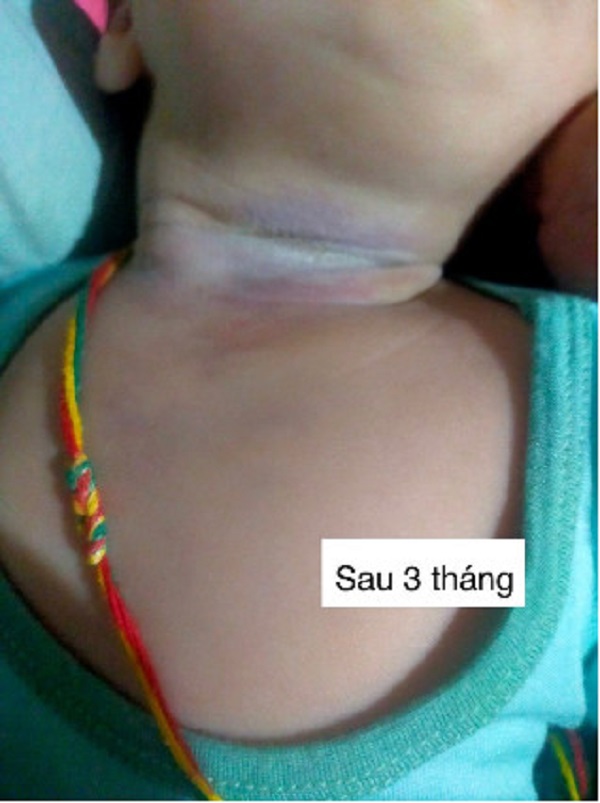
The baby's condition improved and stabilized at the 3-month follow-up visit.
For this patient, the Neonatology Department consulted with experts from the departments of Hematology Oncology, Orthopedic Burns, Diagnostic Imaging, and the hospital's General Planning Department, and agreed to treat with Corticoid and Vincristine.
After a week of treatment, the baby's hemangioma decreased in size and no longer compressed the airway, so the respiratory failure improved and CPAP (continuous positive airway pressure) was stopped. At the same time, platelets gradually increased, there was no blood clotting disorder, and no longer needed a blood transfusion. The baby was discharged with stable vital signs and regular follow-up visits.
Source link


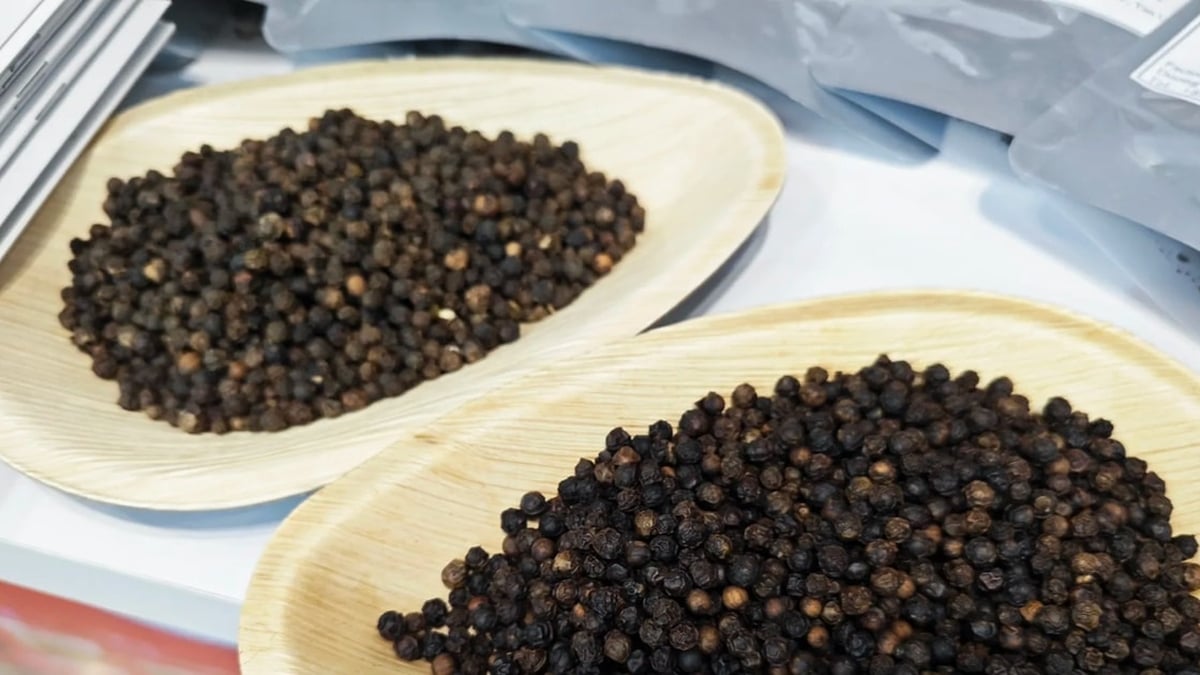


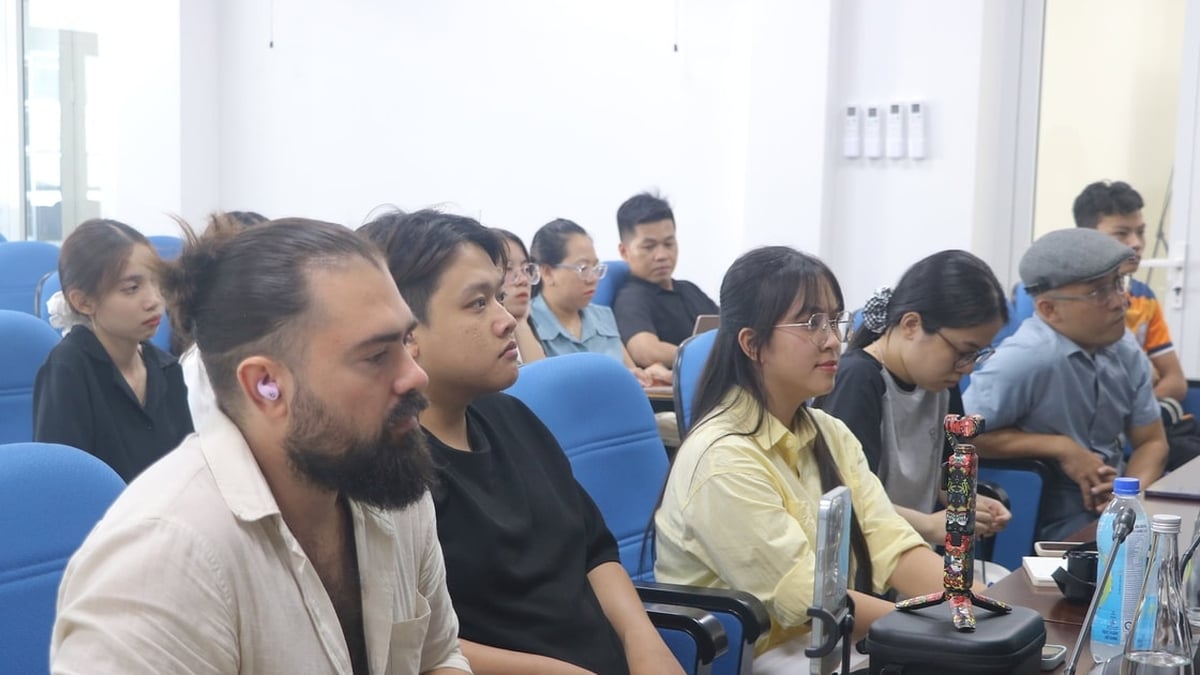

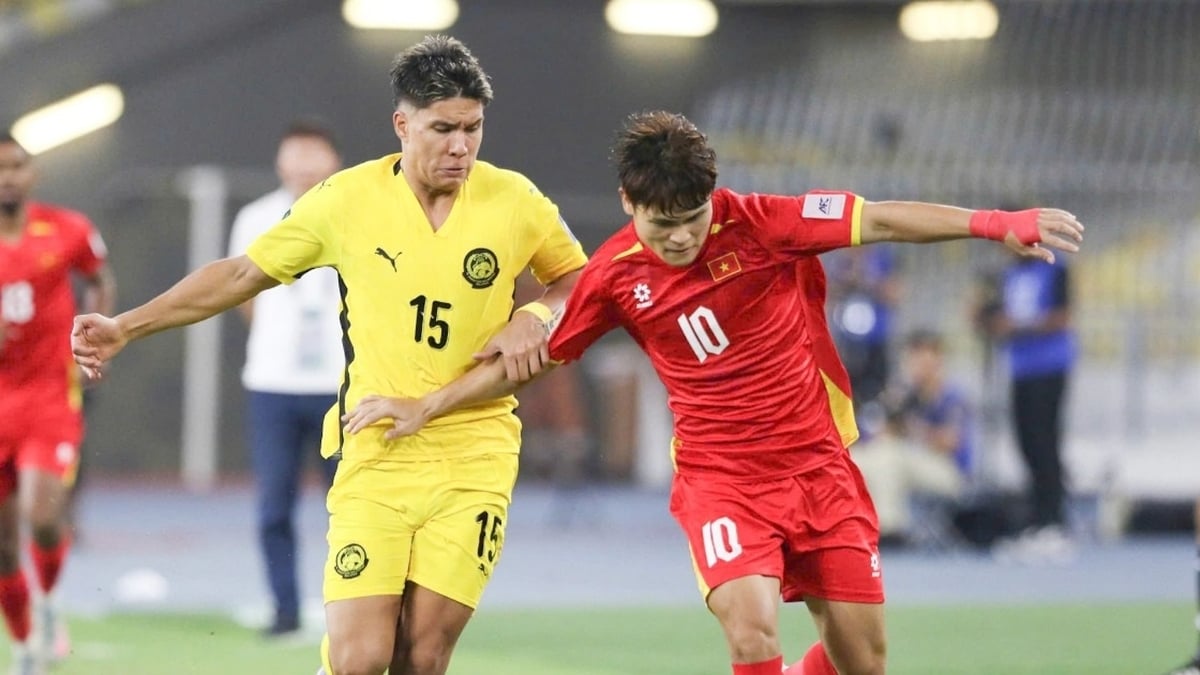
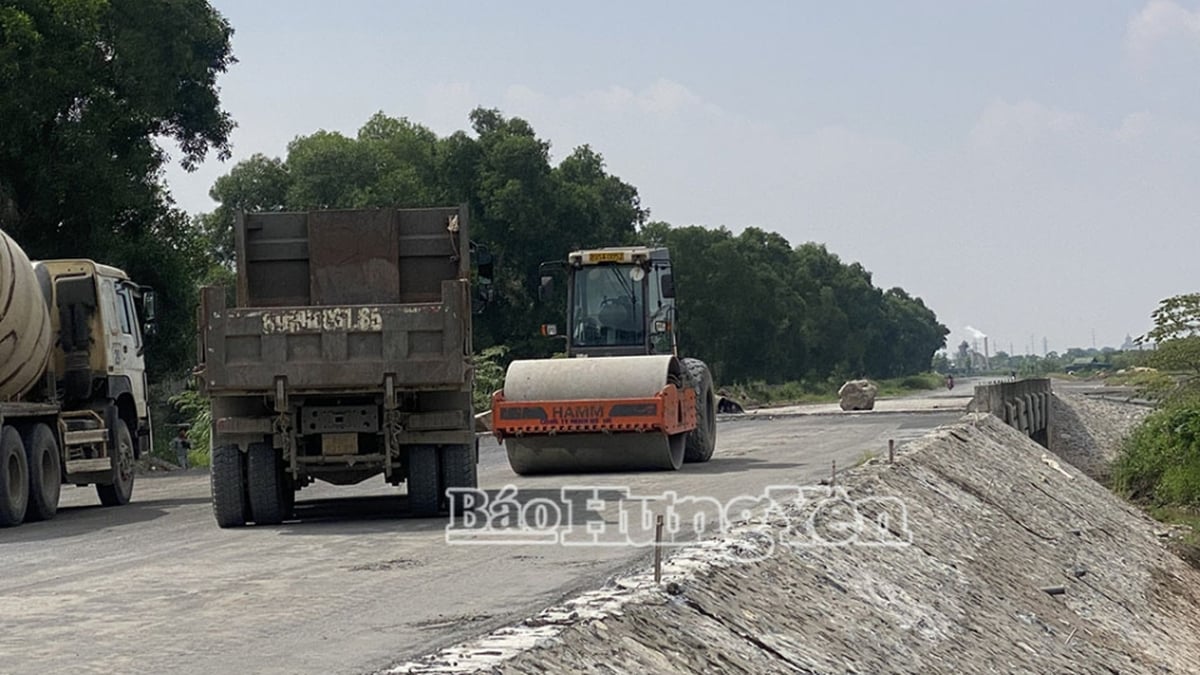
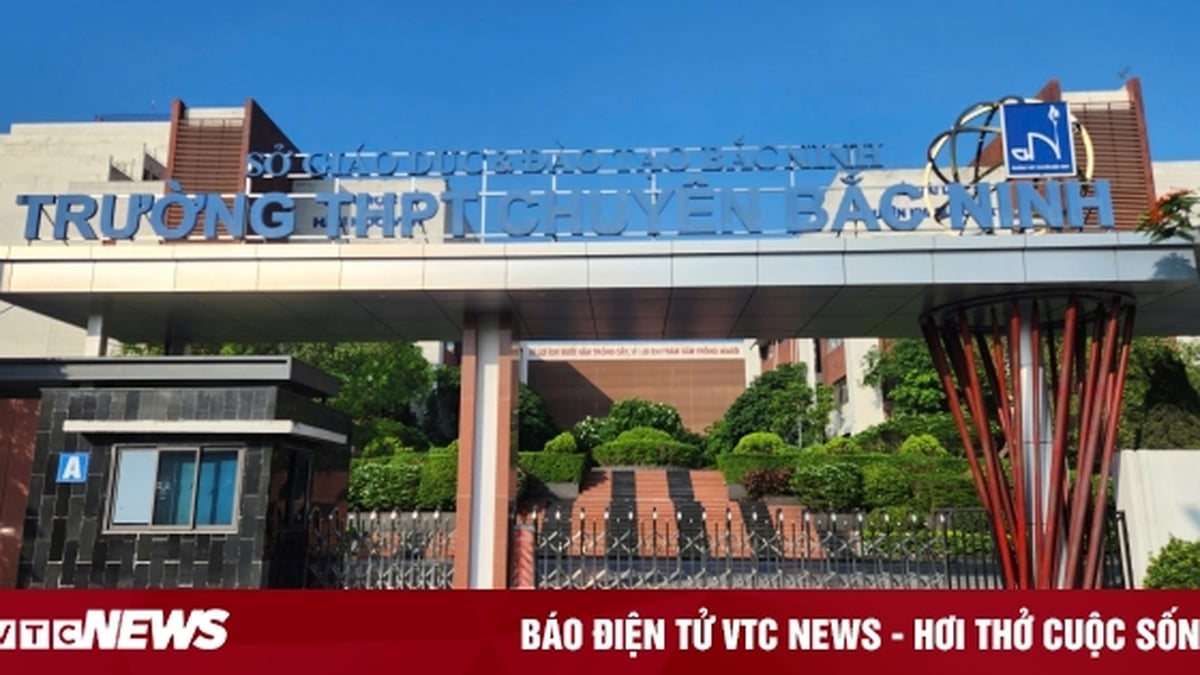
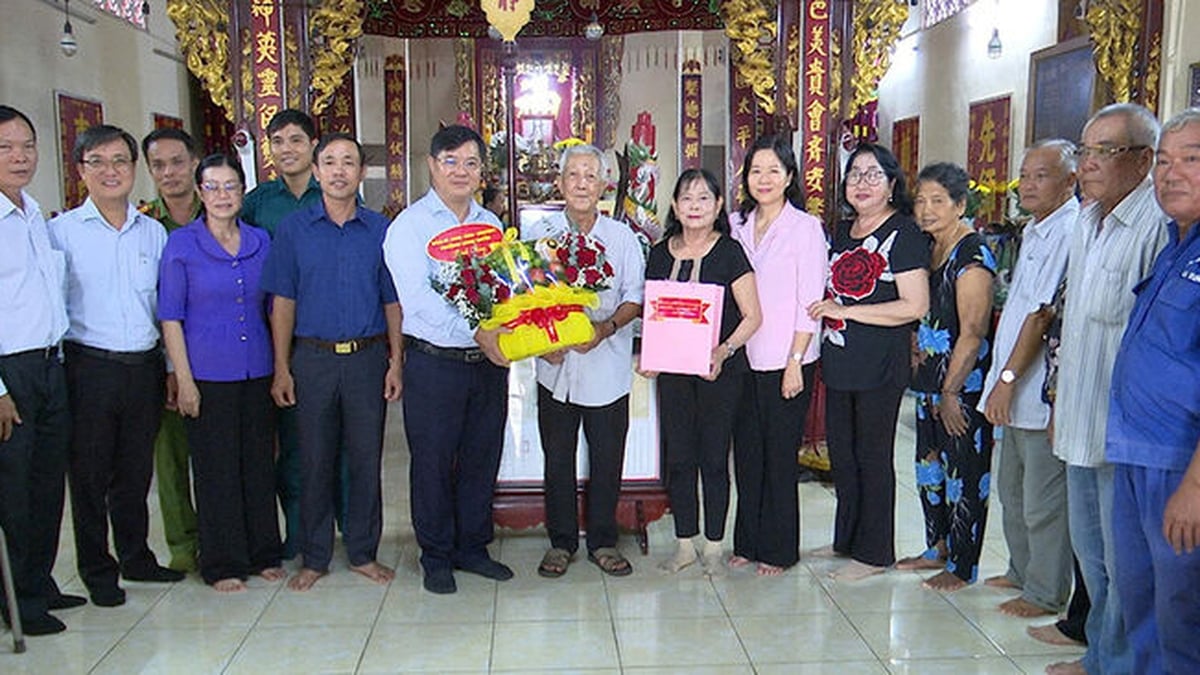
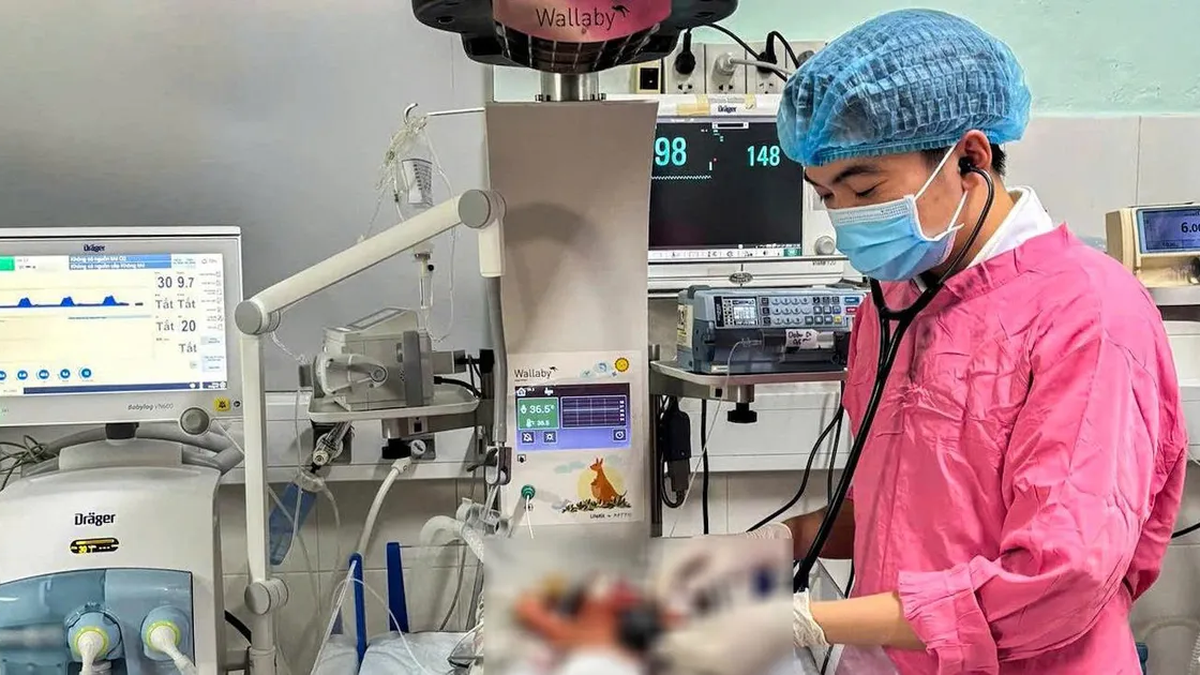







































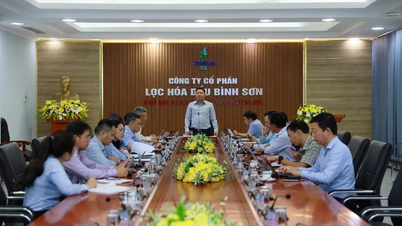















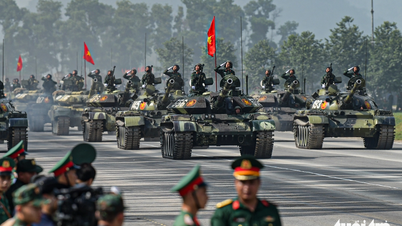
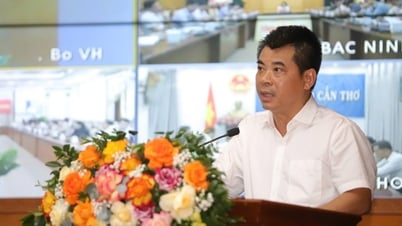

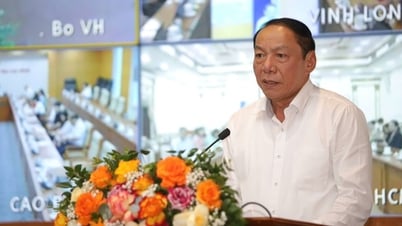

























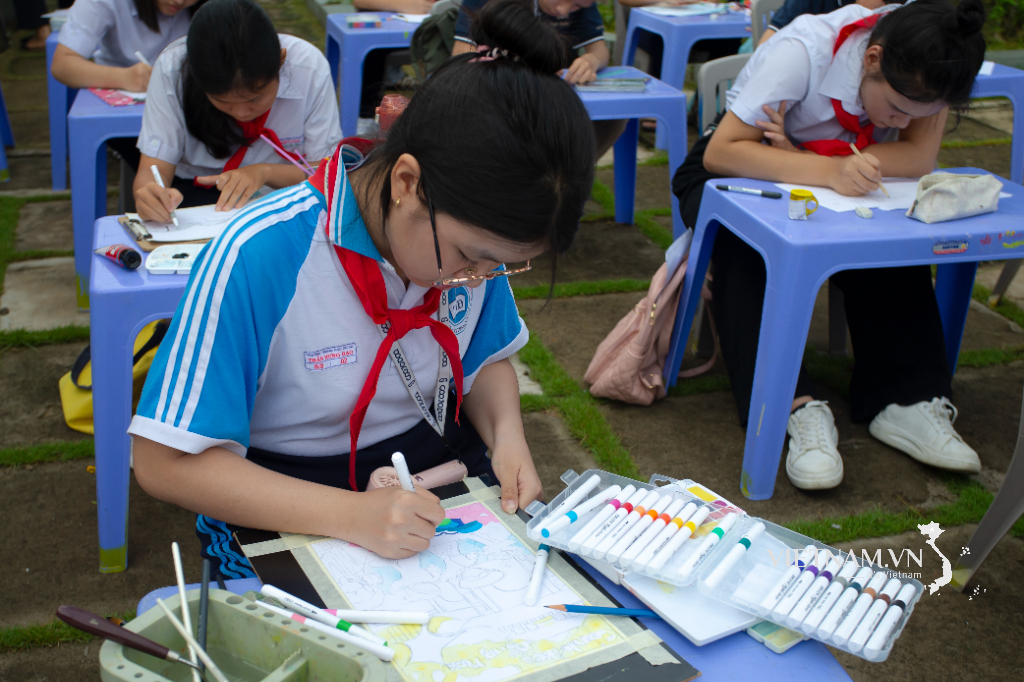



Comment (0)